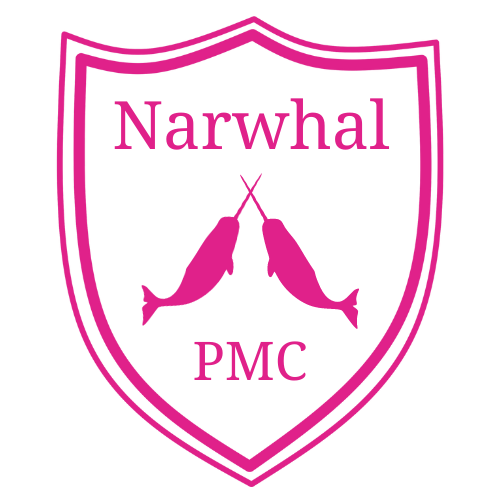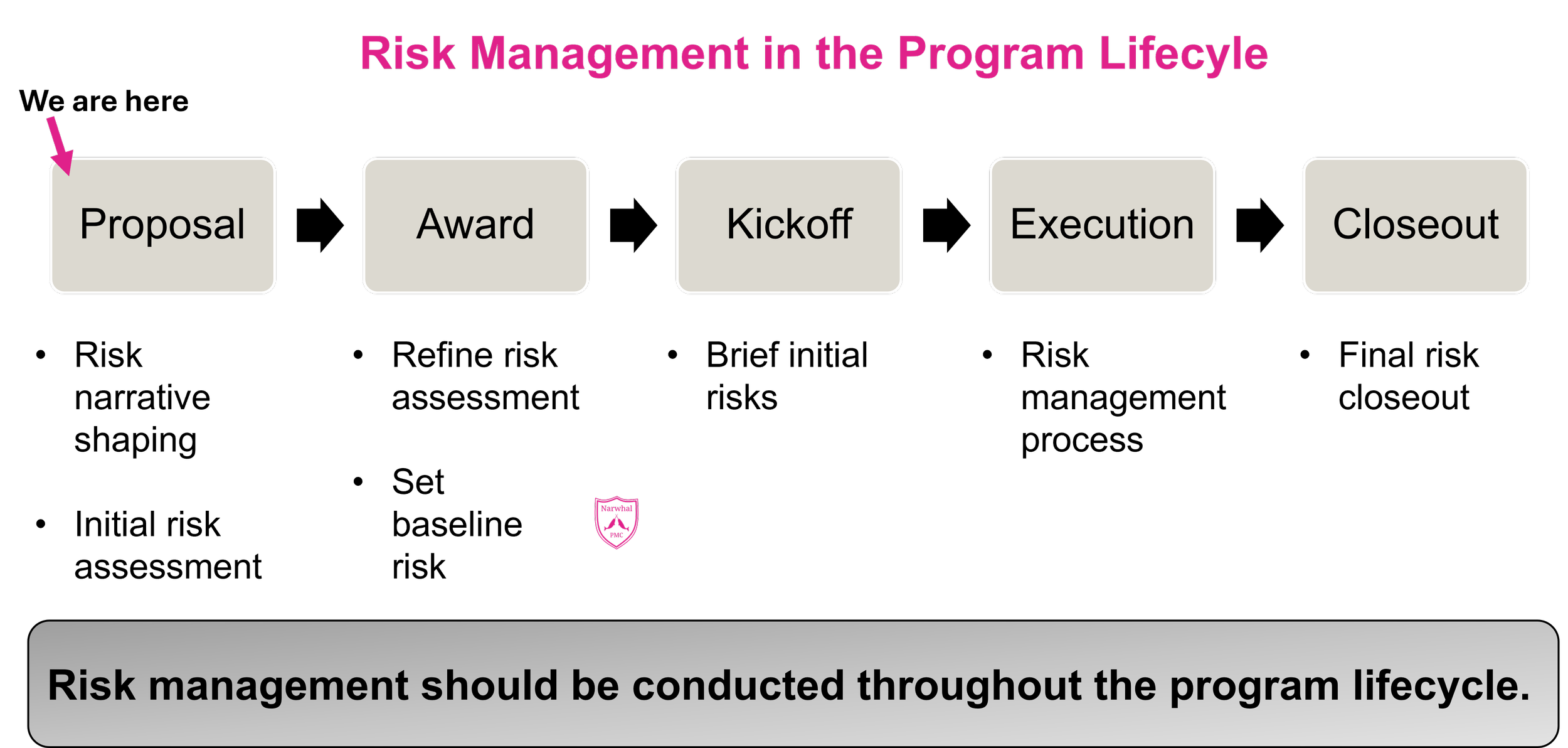How to Incorporate Risk management into Your Proposals: A practical guide for government contractors.
If you work in government contracting and you aren’t talking about risk management in your proposal, you’re missing a critical opportunity to get ahead of your competitors. Risk management should be conducted throughout the program lifecycle, starting with the proposal.
Even if its not explicitly stated in the request for proposal, the team evaluating your submission is considering two things.
1. Do they trust that your proposed solution is viable? Do they think you can deliver the technical performance at the cost and schedule you submitted?
2. Do they trust your company is reliable and can deliver on your promise? How have you done so in the past?
Your proposal needs to address those 2 considerations listed above or you will struggle to win work, especially on competitive procurements.
With that in mind, here are the 4 steps to build risk management into your proposal.
1. Understand the Problem
Ensure you understand what the customer is asking for, what their primary concerns are and what their risk appetite is. Do they have a large or small risk appetite? Do they care more about technical performance, cost, or schedule risk? You can gather these answers by:
· Carefully reading the RFP
· Consider what the customer has said previously. This includes formal and informal communication.
· Asking the customer
Understanding the problem will help you shape your proposal narrative.
2. Demonstrate your solution is trustworthy
You need to explain why the customer should invest money in your proposed solution in the following 3 risk categories:
· Technical- how does your solution meet their technical requirements? How are you addressing risk concerns as they relate to technology, engineering and integration? This is where you lean forward in your narrative and answer questions you know they will have. For example: can your solution integrate with legacy systems?
· Schedule – Did you present a reasonable schedule? What will you do to ensure you meet that schedule? If you’re building hardware, how will you manage supply chain risk?
· Cost – Is your cost reasonable? What are ways that you are saving the customer money? What are the areas that could drive your cost up?
3. Demonstrate that your company is trustworthy
Demonstrating that your company is trustworthy should be woven into your narrative as well. This is done in 3 ways:
· Certifications and processes: What relevant certifications and staff do you have to demonstrate that your company is reliable and low risk? Does your company have standardized processes that make you more efficient or reliable?
· Relevant past performance: Have you done this type of work in the past? That should be included. If you haven’t, have you done something similar? Do you have a teammate with relevant past experience?
· Interactions between the customer and your company: Do your interactions with the customer inspire confidence? Are you prompt and clear?
4. Include a section on risk management
Your proposal should include a section that addresses your plan to manage risk on the program. Key components of this include the following:
· Preliminary risk assessment for the statement of work: what are the top risks that could interfere with success and how will you respond to them?
· Risk management plan: this is a synopsis of how your company will manage risk on this program and why you are taking this approach. If you have a formal risk management process, you should reference it here. You should also consider nesting your approach with the customer’s process.
Are you currently including risk management in your proposals?



